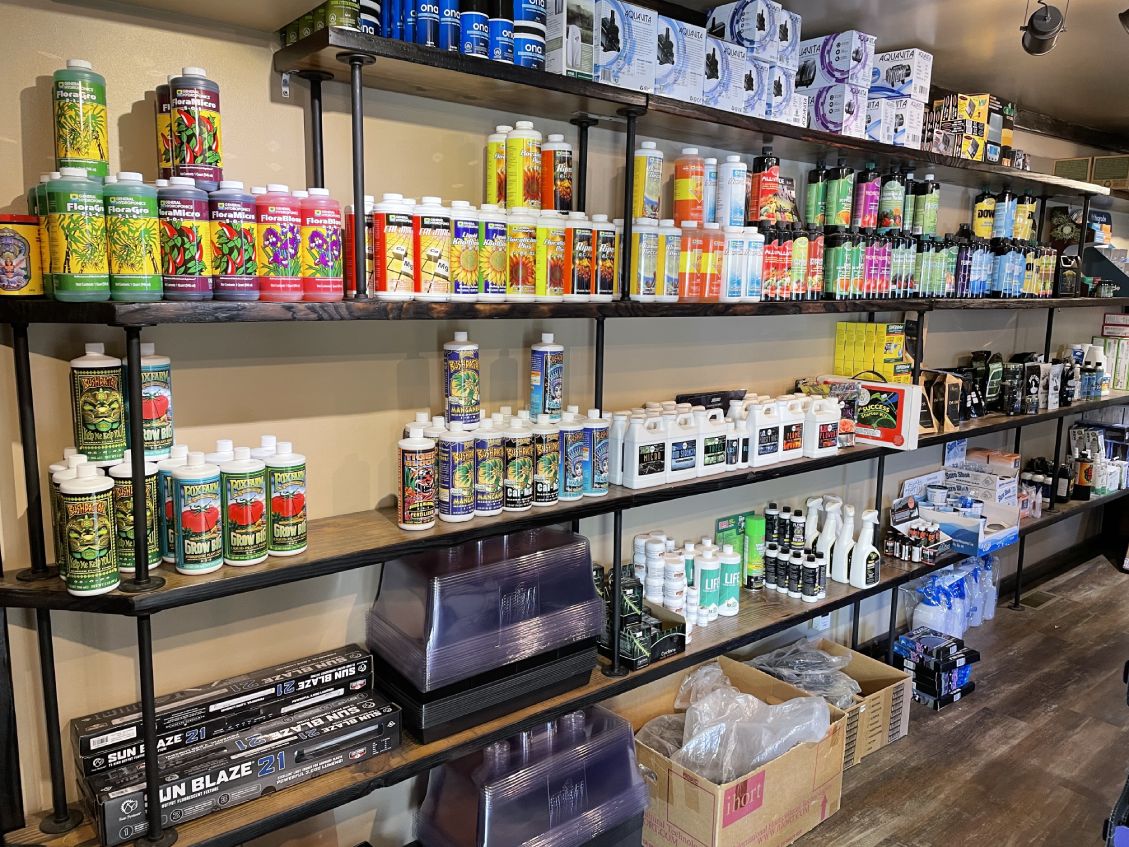Unlocking the Prospective of Hydroponics: Recognizing Its Uses and Different Kinds
Hydroponics, an approach of growing plants without dirt, has gathered boosting attention for its prospective to transform agriculture and cultivation techniques. As we browse via the detailed landscape of hydroponic systems and techniques, it becomes noticeable that each approach holds distinctive advantages and limitations.
Advantages of Hydroponic Equipments

Another advantage of hydroponic systems is the capacity to expand plants in a smaller sized room. Hydroponic systems reduce the risk of soil-borne diseases and insects, as there is no soil to nurture these hazards.
Usual Makes Use Of in Farming

Given the effective water conservation and space-saving benefits of hydroponic systems, it appears that these ingenious farming approaches have discovered usual uses in numerous sectors of agriculture. In standard farming, soil-based farming can be labor-intensive and land-consuming. Hydroponics uses a remedy by allowing crops to be grown without dirt, reducing water use by up to 90% compared to traditional farming methods. This makes hydroponics particularly suitable for regions facing water shortage or minimal cultivatable land. The controlled atmosphere of hydroponic systems enables year-round cultivation, giving a constant supply of fresh produce regardless of exterior weather condition conditions.
Hydroponics is frequently used for expanding a variety of plants, including leafy environment-friendlies, tomatoes, cucumbers, peppers, strawberries, and herbs. Furthermore, hydroponic systems are made use of in research study and instructional setups to study plant nourishment, development, and farming techniques.
Checking Out Various Hydroponic Strategies
Hydroponic systems supply a variety of methods that provide to different plant kinds and cultivation objectives. Additionally, the Ebb and Circulation system, additionally understood as the Flooding and Drain system, periodically floods the plant origins with nutrient solution, permitting for oxygenation during draining pipes periods. Each of these methods showcases the versatility and effectiveness of hydroponic systems in enhancing crop development and yield.
Contrasting Various Hydroponic Solutions
Checking out the performance and yield improvement techniques in hydroponics leads us to compare numerous hydroponic systems offered for crop growing. Each hydroponic system has its distinct attributes, advantages, and constraints, making it vital for growers to choose one of the most appropriate system based upon their particular demands and constraints.
One of the most common hydroponic systems is the nutrient movie method (NFT), where a slim movie you can try here of nutrient remedy continually flows over the plant roots. In contrast, the deep water culture (DWC) system submerges plant roots directly right into the nutrient option, giving enough oxygen and nutrients.
Another popular hydroponic system is the ups and downs (or flood and drain) system, which periodically floods the plant roots with nutrient solution prior to draining it. This cyclic procedure guarantees appropriate aeration for the roots while providing nutrients effectively. Furthermore, the aeroponic system puts on hold plant origins airborne and hazes them with a nutrient solution, promoting fast development and high oxygenation levels. Growers searching for a versatile system that minimizes water use usually decide for aeroponics. By comprehending the distinctions between these hydroponic systems, farmers can make educated decisions to optimize crop yield and high quality.
Advancements in Hydroponic Technology
With advancements in hydroponic innovation, the agricultural market is witnessing a change towards a lot more sustainable and effective cultivation approaches. Developments in hydroponic modern technology are transforming the means plants are grown by making best use of yields, preserving resources, and minimizing environmental effect. One key development is the growth of smart hydroponic systems that use sensing units and automation to keep track of and readjust ecological conditions such as pH levels, nutrient focus, and light direct exposure in real-time. These systems allow exact control over expanding conditions, causing optimum plant growth and greater click this plant yields.
Another noteworthy improvement is the assimilation of upright farming techniques with hydroponic systems, permitting the cultivation of crops in stacked layers. This vertical method makes best use of space utilization, making it perfect for urban environments where land availability is limited - The Indoor Earthworm. Additionally, making use of advanced LED lighting systems customized to details plant needs has actually boosted power effectiveness and improved growth rates in hydroponic setups
Innovations like these are driving the advancement of hydroponics, making it a lasting and highly eye-catching choice for modern-day farming.
Final Thought
To conclude, hydroponics supplies many benefits in agriculture and has numerous methods and systems that can be utilized to optimize its capacity. Innovations in hydroponic technology proceed to improve performance and sustainability in food manufacturing. By understanding the uses and various types of hydroponic systems, farmers and farmers can unlock the complete capacity of this innovative approach of growing plants without dirt.
Furthermore, hydroponic visit our website systems allow for far better control over nutrient levels, pH balance, and ecological conditions, leading to much healthier plants and greater yields.

Comments on “Transform Your Garden with The Indoor Earthworm's Planting Strategy”